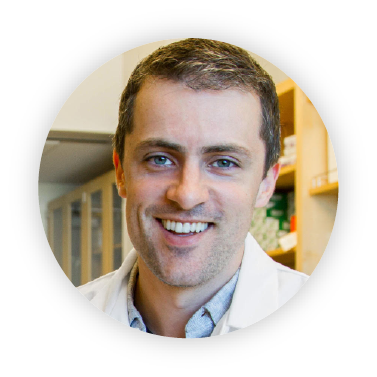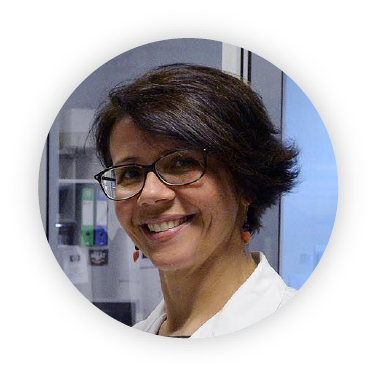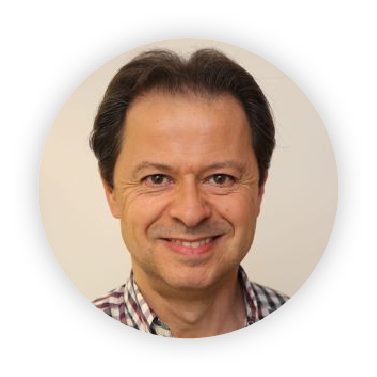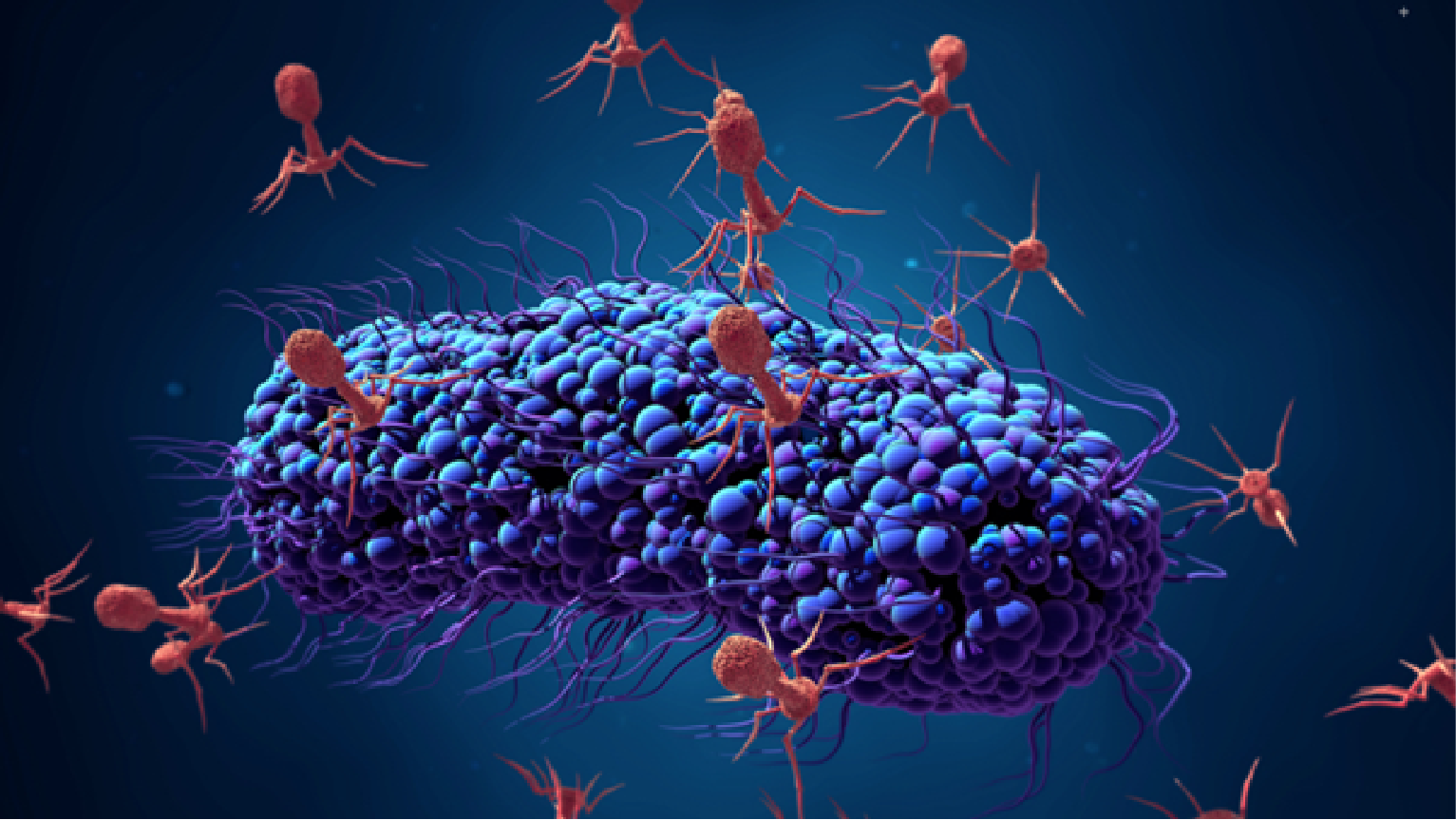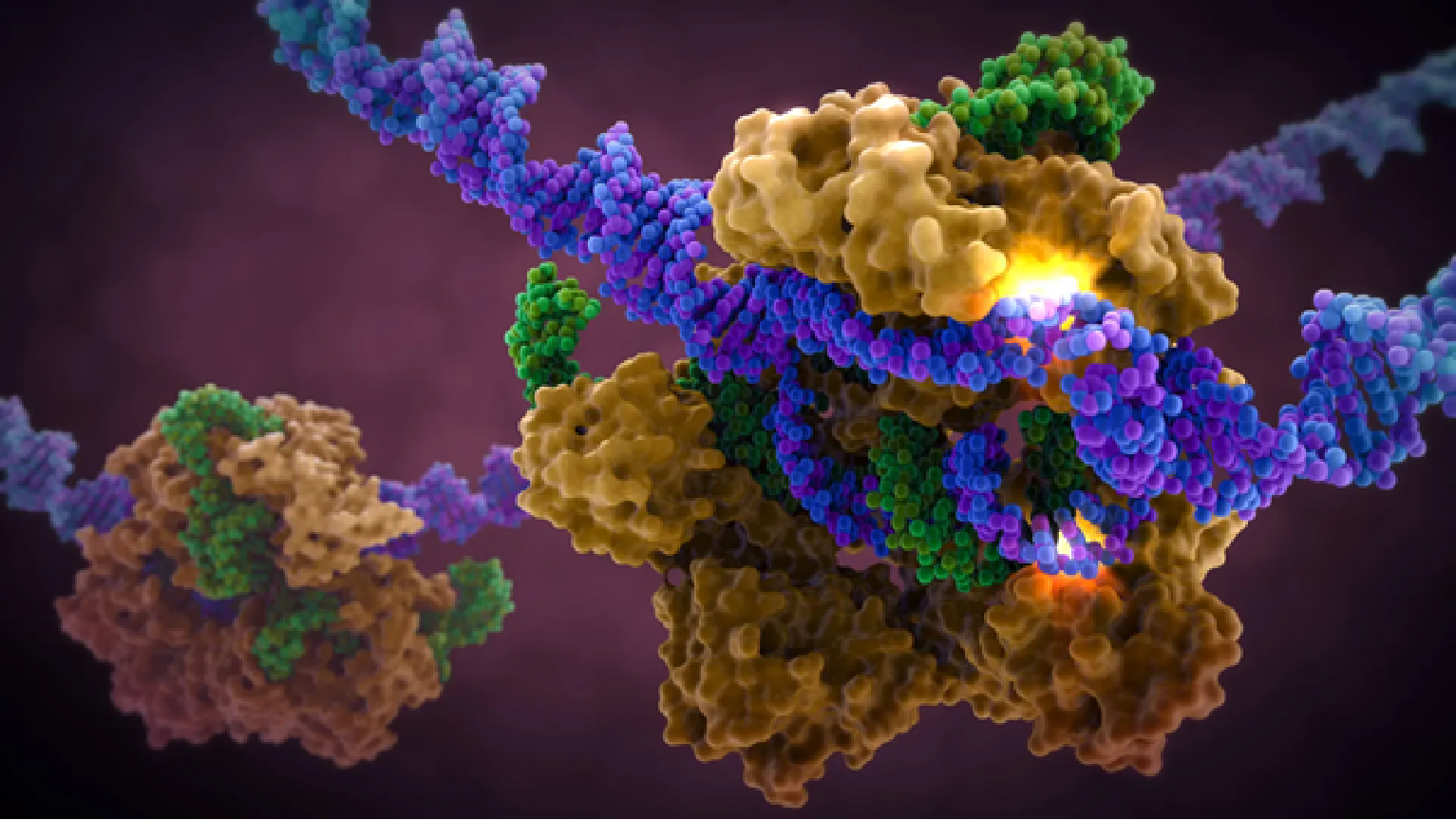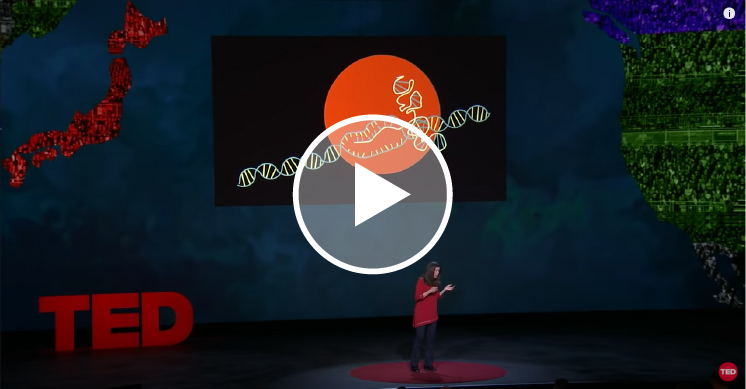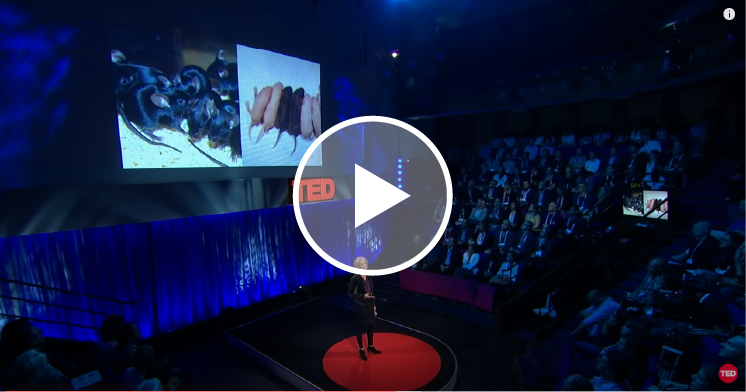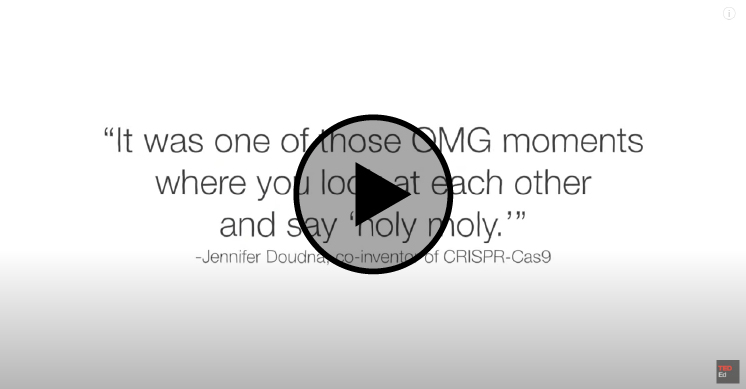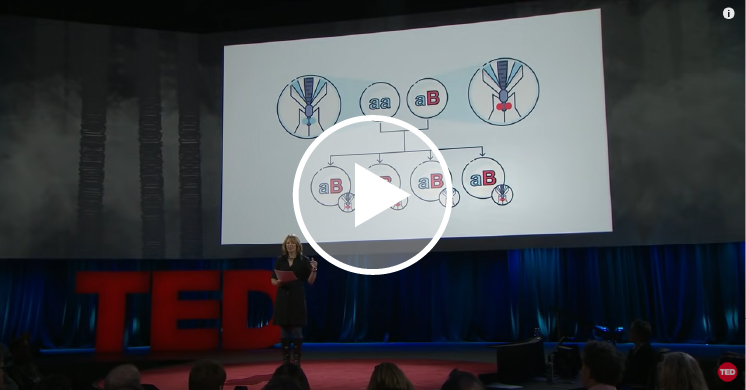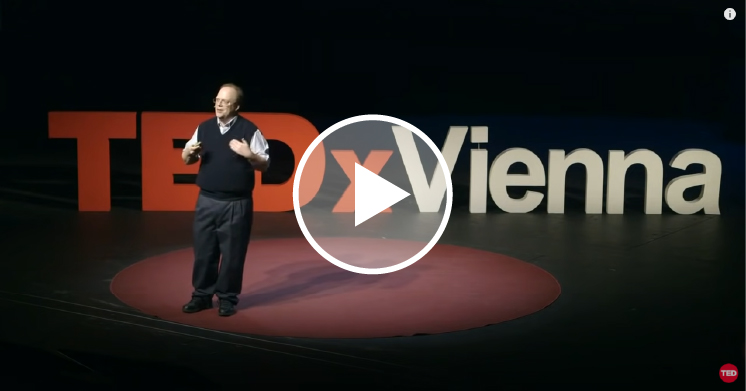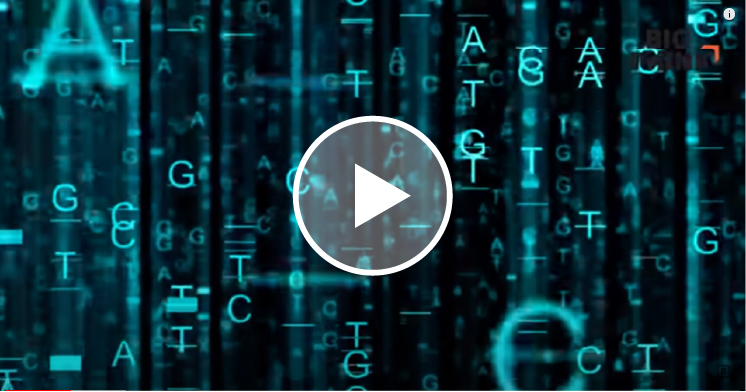WOMEN IN SCIENCE
A video interview with Prof. Arianna Tavanti, PhD Elisabetta Ferraro, Prof. Vittoria Raffa, Prof. Michela Ori and Phd. Maria Teresa Dell’Anno about what means to be a woman scientist.
Chiara Gabellini
Professor Assistant
What does it mean for you to be a scientist?
Since I was a child, I knew that I wanted to be a scientist. At that time, I had lost my grandfather due to lung cancer and I had wished I could become a researcher to give my contribution to cancer research. Of course, those were thoughts of a little girl but something is still there, guiding my daily research activity in the lab.
Have you encountered any difficulties in your career just for being a woman?
I feel lucky since I can not actually say I have experienced any annoying situations being a female researcher. Besides, on some occasions, I witnessed unfair practices involving some close female colleagues. In most cases, it was related to maternity leave or to their need to keep a proper work-family balance.
What would be your message/advice to a young woman scientist?
Don't be afraid to get on this "roller coaster"...you have to face many difficulties and downs but the view from the top is amazing!
Elena Landi
PhD, Technical Assistant
What does it mean for you to be a scientist?
For me being a scientist means being curious, creative, tenacious, passionate and humble.Curiosity is the drive to know, to understand the world and not to stop at appearances.Creativity is a quality that helps to look always for new ways to solve problems, looking at them from different points of view and finding innovative solutions.Tenacity is essential, because inevitably the work of a scientist is a steeplechase, and one must know how to live with failures without losing heart.Passion for one's own research is what makes work enjoyable and never heavy, even when the hours spent at the bench are long.Facing others with a humble attitude (which does not mean submissive) means being open to listening and evaluating reality objectively and critically, without presumption. A conceited scientist is more likely to make a mistake and misses out on all the benefits of collaborating in a team.
Have you encountered any difficulties in your career just for being a woman?
In the past I have encountered difficulties, not so much because I am a woman but because I am a mother. The bitterness was aggravated by the fact that among those who told me that I could not do science because I had "a too heavy family" there were also women. I cried, I got angry, then I wrote a text with which I took part in a literary competition organized by the "Casa della Donna in Pisa". I won and my text was published in a book. Then I did my best, I used my brain and heart, I grew up and found a way to fulfil myself by working with people of a completely different human and professional caliber.
What would be your message/advice to a young woman scientist?
I advise young women scientists to look inside themselves, get to know themselves and focus on their human and professional goals. When these are clear, it is much easier to deal with the ups and downs of research, intertwined with the ups and downs of life. I would also add a pinch of irony, which never hurts...
Guglielma De Matienzo
Technical Assistant
What does it mean for you to be a scientist?
In my opinion, a scientist is an expert scholar in a field of science, a person who seeks answers, tests hypotheses by doing experiments, collects and shares knowledge.
Have you encountered any difficulties in your career just for being a woman?
Personally, I have not encountered great obstacles, but I recognize that it is difficult for a woman to reconcile study, work, family, and children.
What would be your message/advice to a young woman scientist?
Endure, persevere, believe in yourself, in your potential, and in the activities that you are pursuing.



